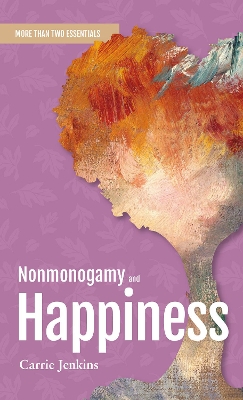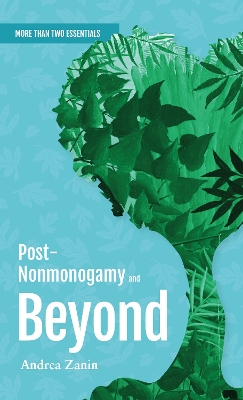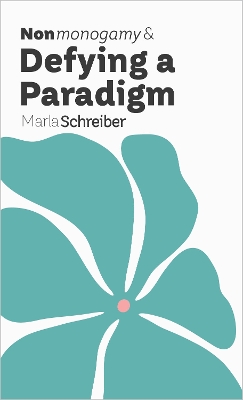More Than Two Essentials
3 total works
The love story we’re all familiar with ends with “ … and they lived happily ever after.” But how often do we hear a nonmonogamous love story with that ending? In all kinds of contexts, nonmonogamous happiness is erased. From the ubiquitous “friend who tried it once and it didn’t end well” to Dan Savage’s long-term jokes about never being invited to a polyamorous third wedding anniversary, we are repeatedly assured that nonmonogamy leads to misery. In “real” love, we are taught to expect the opposite: to expect happiness. When we want to ask if someone’s relationship is going well, we ask if they are “happy with” their partner. We might even ask whether their partner makes them happy. But what does love have to do with happiness? Doesn’t love have space to accommodate the full range of emotional experience? Carrie Jenkins thinks it does, or at least it can. She draws connections between the expectation that love will make us happy and the undue focus on positive emotions to the exclusion of “negative” ones. She argues that love—monogamous or otherwise—might better aim at being eudaimonic than at being happy, and that we have a better chance of achieving this if we are able to make relationship choices free from the prejudices and distortions that lead to an unduly rosy view of monogamy and an unduly miserable picture of the alternatives.
Exploring nonmonogamy can require us to shift our worldview and deconstruct what we’ve been taught about relationship dynamics. However, it is difficult to defy paradigms while also existing within them—even as we strive to unlearn established norms, we can find ourselves unintentionally reproducing the principles of paradigms like mononormativity in our nonmonogamous relationships. In a society where monogamy is established as normal and reinforced through legal systems and cultural etiquette, this is not surprising.
By examining prevalent cultural norms and values, and presenting real-life examples of mononormativity’s impact, Marla Schreiber encourages readers to consider their own preconceptions and guides them towards effectively defying mononormativity and other intersecting paradigms.


